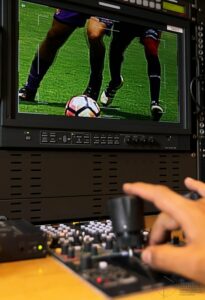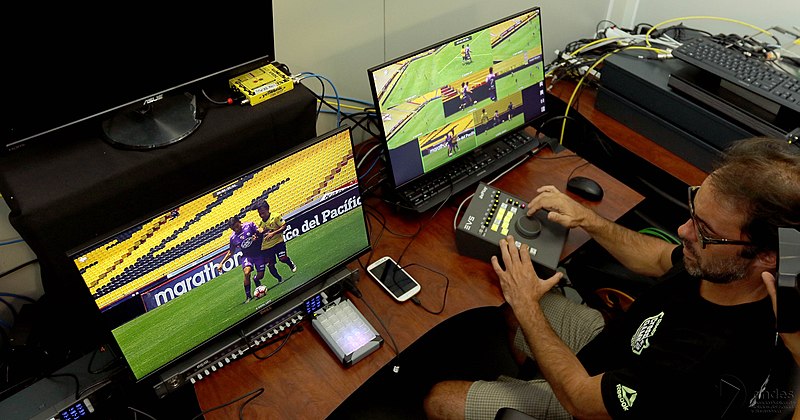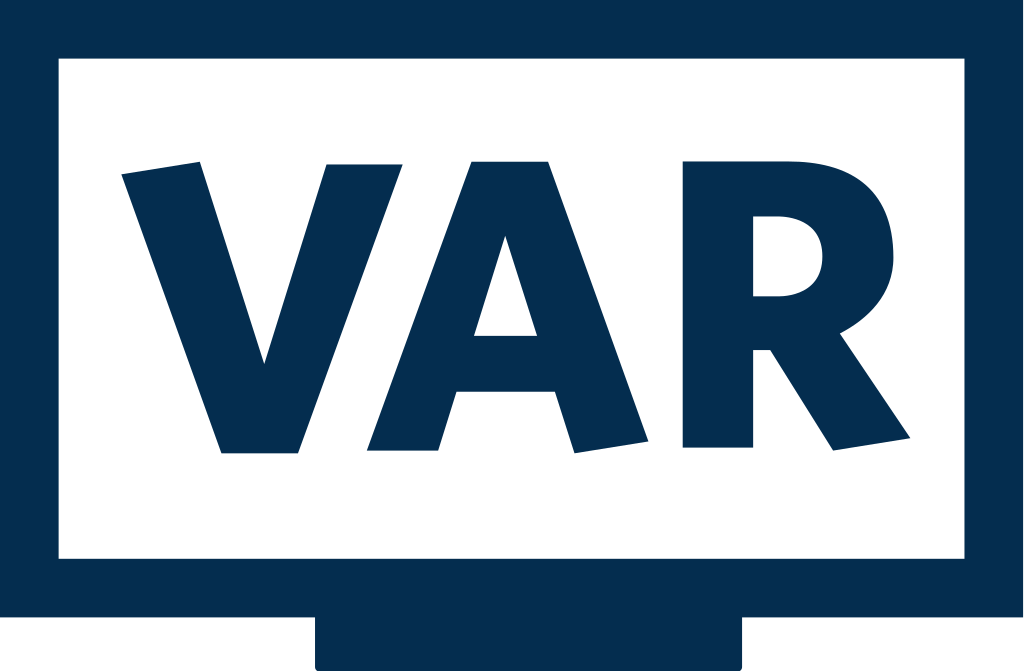VAR is short for a video assistant referee. It’s used to review decisions by the on-field referee, who has access to a number of replays from different angles.
Offside calls are among the most common reasons for VAR use in soccer. The official can ask for assistance if he or she believes there was an offside that wasn’t called during play.
Penalties and fouls are also among the most common reasons for VAR use in soccer. Remember when Maradona scored using his hand against England? That would not have happened if they had VAR!
Allows the officials to be involved without affecting the flow of the game

There are four types of calls that can be reviewed. Reviewable calls include:
- Offside calls
- Handball calls, which are when the ball strikes a player’s arm or hand. The VAR official will check if it was intentional or unintentional, and if intentional it is an offense.
- Foul calls, which happen when a player trips over another player. This can lead to a penalty kick if the foul occurred inside the box on goal kicks or during free kicks close to goal.
VAR has also changed the way we view soccer. No longer do referees need to stop the game and gather around a player or manager in order to make a decision. In fact, VAR has eliminated many of these instances entirely.
When a potential offside call is made, there’s no need for the referee to stop play and check with his linesman or assistant referee for confirmation that it was or wasn’t an offside call. Instead, managers can simply be told by VAR whether or not their player was onside during stoppages in play as long as they’ve agreed ahead of time on its use.
Similarly, if one team makes an appeal against another team’s goal, then VAR can provide an instant verdict without having to interrupt gameplay at all!
It makes officiating fair
VAR has reduced the pressure on referees to make ‘home town’ decisions. With the benefit of replay and slow motion, they no longer have to worry about being influenced by the crowd or even their own bias. Instead, they can focus solely on objective facts and make accurate decisions based on those facts.
Referees would often make incorrect decisions due to human error or bias. Now that VAR has been introduced into soccer matches everywhere, it’s much easier for us fans to see if someone is actually offside or not without having our eyes deceive us!

Allows for precise measurement using Hawk-Eye technology
In the video, you can see the Hawk-Eye technology used to pinpoint exactly where a ball crossed the goal line. The camera’s accurate measurement allows for quick decisions to be made, and referees and players can focus on the game rather than arguing over a questionable call.
In addition to helping with goal line decisions, Hawk-Eye technology also assists VAR officials with offsides calls as well as penalties that were incorrectly given or not given at all. In fact, it’s estimated that Hawk-Eye technology has reduced inaccurate penalty calls by more than 90%.
Hawk-Eye technology allows for precise measurement using cameras mounted around stadiums across the world: from venue entrances all the way up into executive boxes high above where only celebrities sit during matches! It’ll give us accurate measurements within millimeters.

